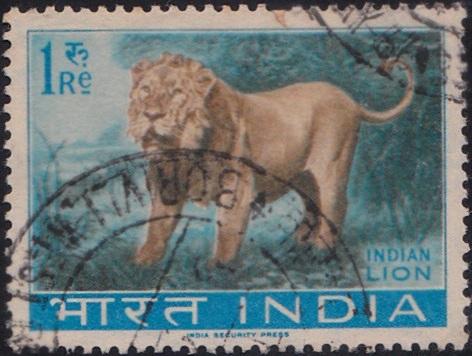
India Wild Life Series 1963
Complete Set of 5 nos of commemorative postage stamps on the Indian Wild Life Preservation : Gaur, Red Panda, Indian Elephant, Tiger and Indian Lion :
Issued by India
Issued on Oct 7, 1963
Issued for : The Indian Posts and Telegraphs Department brought out the first stamp in the projected Wild Life series, depicting the Wild Life Week in 1962. This was to be followed by other stamps in the series depicting the Indian Lion, Tiger, Elephant and Gaur (Indian Bison). A set of five stamps covering these and the Himalayan Panda is being issued on October 7, 1963, during the current Wild Life Week.
Full description of the animals and the stamps is given in this brochure.
Type : Stamps, Postal Used
Colour : Multicolour
Denomination : 10, 15, 30 & 50 Naya Paise and 1 Rupee
About :
- India‘s wild life – E. P. Gee :
- India has in the past been well known as a ‘sportsman’s paradise‘, and the country is indeed rich in the number and variety of big and small game animals and birds. There are still opportunities for the sportsman who wishes to shoot in India, but in recent years the emphasis has rightly been placed on wild life conservation.
- A number of very fine wild life sanctuaries and national parks are being maintained in India, in order to ensure the survival of rare and in danger of extinction species such as the Indian Lion, Indian Rhinoceros, Wild Buffalo and so on, and to provide visitors with the very pleasing spectacle of wild animals undisturbed in their natural habitat. In these days it is being increasingly realised that unspoilt forests and grasslands with their wild inhabitants can give great opportunities for recreation and inspiration to all of us.
- An instinctive feeling of compassion towards all living creatures accords with the general Indian belief in the sanctity of life. This has sanction in our religions as well as support from enlightened public opinion. A true sportsman nowadays usually tries to ‘capture’ or ‘shoot’ wild animals and birds with a camera rather than with a gun, in order to allow the nation’s fauna to survive for the joy of future generations.
- The sub-continent that stretches southwards from the lofty Himalayas possesses several species of fauna not found in other parts of the world. For instance the rare Indian Rhinoceros is not found elsewhere. Of the deer family the elegant Indian Swamp Deer, the Brow-antlered Deer and the beautiful Spotted Deer or Chital are only found here; while of the antelope family the Nilgai or Blue Bull, the handsome Blackbuck and the unique Four-horned Antelope do not exist anywhere else in the world.
- Gaur or Indian Bison :
- The Gaur (Bos gaurus) is the largest and most magnificent of all the world’s bovines, measuring up to 6 feet 4 inches at the shoulder and weighing over 2,000 pounds. It lives in the forest areas of northeast, central and south India, as well as in some parts of southeast Asia.
- It is often mistakenly nicknamed ‘bison‘ by sportsmen, but it is not really a bison at all. It is a wild ox, and a much larger and finer-looking animal than the true bisons of North America and Europe.
- The master bull of a herd of these animals in Periyar Sanctuary of Kerala paused for a moment as he was grazing and looked up – the embodiment of vigour and strength. He was still for a second, but in that time the camera had ‘shot’ him and from that picture this postage stamp has been made.
- Distinctive features of this noble creature are the dorsal ridge and white ‘stockings’. Young calves are golden yellow in colour, cows and immature bulls are reddish brown, while fully grown bulls are jet black.
- A domesticated version of the gaur is found with the hill tribesmen in the mountains of northeast India, known as the ‘gayal‘. It closely resembles the gaur and roams semi-wild in the forests, but it is slightly smaller and its horns are flat and straight instead of being nicely curved. No one knows how this animal, known as the mithun, originated, unless it was the result of a long-ago cross between the gaur and some domestic breed.
- Red Panda :
- Very few animals can boast of greater beauty than the Red, or Lesser, Panda (Ailurus fulgens). With their bright chestnut colour and white facial markings, pointed ears and black nose, darker underparts and faintly ringed tails they instantly catch the eye.
- They inhabit the middle ranges of the central and eastern Himalayas. They are found in fair numbers in Nepal, Bhutan, Sikkim and the North East Frontier Agency of India, where they live in the temperate bamboo forests from about 6,000 to 12,000 feet elevation. In feeding habits they appear to be almost omnivorous, eating the leaves, shoots and roots of bamboo and other vegetation, fruit, small birds, eggs, insects and so on.
- Red Pandas are easily captured and tamed. Because of their cat-like and bear-like appearance they are sometimes known as ‘cat-bears‘, and make most delightful pets. They have in recent years become increasingly popular in zoos of Europe and America.
- Indian Elephant :
- The Indian Elephant (Elephas maximus) is found in most parts of the country except in the northeast and centre. It also ranges southeastwards through Burma and Malaya to Indonesia. In spite of the spread of civilization and the shrinking of its habitat, it is still quite numerous owing to full protection by law. But it can be shot or captured under special license, and this has to be allowed because it is such a large animal and can do so much damage to food crops if allowed to multiply excessively and to roam unchecked.
- Slightly smaller than its African cousin, the Indian elephant is believed to possess much intelligence. In India cow elephants never have tusks; and many bulls are also tuskless, being known as makhnas. Indian elephants are also distinguished from those of Africa by their convex backs (instead of concave ones), smaller ears and so on.
- Wild elephants are sometimes allowed to be captured by the pit method in Madras or by the khedda method in Mysore, Bengal and Assam. Animals so captured become tame very quickly and render useful service to man in timber extraction, as transport animals in rough, swampy country and in other ways. Modern mechanical devices have not yet been able to replace the elephant’s ability to lift and load timber on to wagons and trucks.
- Elephants do not live to a great age as is still commonly believed; there is no evidence of any elephant living to more than ‘three score years and ten’. And their powers of memory are probably not better than those of a dog. But they are truly remarkable creatures, especially in their capacity to submit to domestication and to learn so much from their human masters.
- The lordly elephant is celebrated in legend and in song, and also in history. Even now it still figures prominently in traditional state and temple pageantry; and continues to be a perennial favourite in zoos and circuses throughout the world.
- Tiger :
- It is difficult to imagine a more spectacular animal than the Tiger (Panthera tigris), especially when seen in its natural habitat against a green background of dense jungle. Found in most parts of India except in the extreme northwest and higher Himalayan ranges, it is still holding its own in spite of the increase in human population and resultant spread of cultivation and pasture.
- Lack of natural food such as deer and wild pig often compels tigers to become cattle-lifters. Only very occasionally will a tiger become a man-killer or a man-eater. The very rare man-eating tiger is usually driven to become this by old age or some disability. A wounded tiger, or a tigress with young cubs, can be very dangerous, but as a rule a person entering a forest has no fear of tigers as the latter will cunningly keep well out of the way.
- ‘White’ tigers sometimes occur, especially in the old princely state of Rewa, and these are usually partial albinos – a freak of nature. No black tiger has ever been reliably recorded, though black leopards are fairly frequently met with in south and northeast India.
- For sportsmen to shoot, tigers are usually driven out of thick jungle by beaters or tame elephants, or else shot over a ‘kill’. As they become rarer, it is becoming more fashionable nowadays to try and ‘shoot’ them with a camera in some park or sanctuary like the Corbett National Park.
- Indian Lion :
- The Asiatic or Indian Lion (Panthera leo persica) used to occur in Persia and Iraq as well as in most parts of the northwest and north of the sub-continent of India. But since 1884, they have survived only in what is now Gujarat State, and owe their survival to the former rulers of the princely state of Junagadh.
- At the beginning of the present century there were probably only 100 lions left in the Gir Forest; in a 1950 census they were reported as numbering 240 and in a similar census in 1955 they had increased to 290. About 280 would be a reasonable estimate of their strength at the present time.
- The Indian lion is similar to its African cousin, but has some slight differences such as fewer spots visible when young and bigger tail tassels. Regarding their manes, male Indian lions all have manes whereas those in Africa are sometimes maneless. Regarding the size of manes, those in Africa are as a rule slightly larger, probably due to differences in habitat and elevation above sea level. The Indian lion belongs to an ethnological stock distinct from the African lion.
- Their habitat in Gujarat used to be 2,000 square miles, but this has now shrunk to some 500 square miles known as the Gir Forest. There are proposals to create a sanctuary or national park at this place. It is fitting that such a noble and majestic creature should be the national emblem of India.


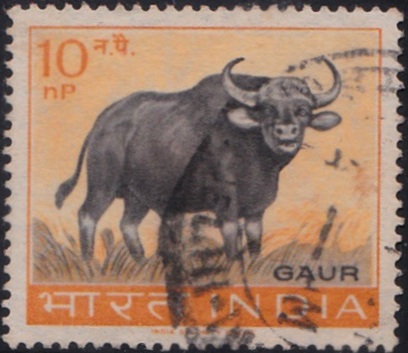
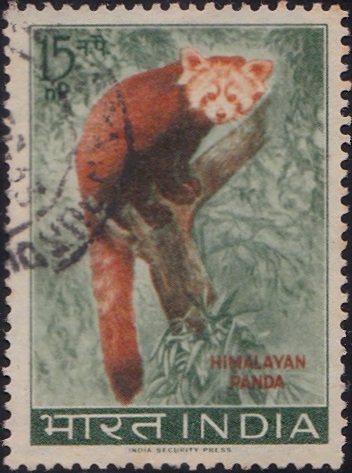
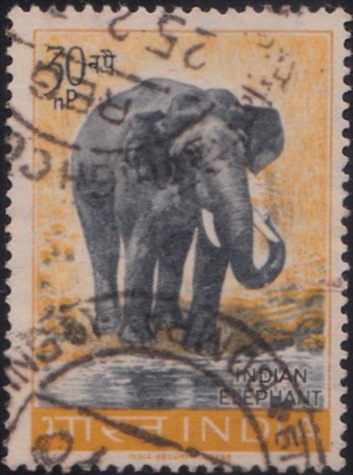
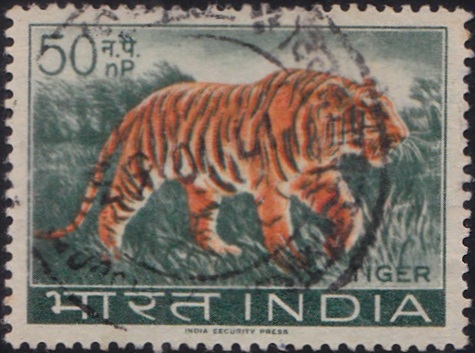

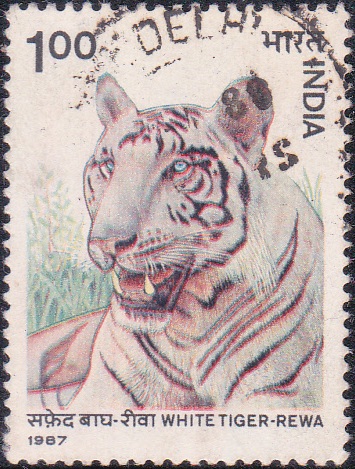
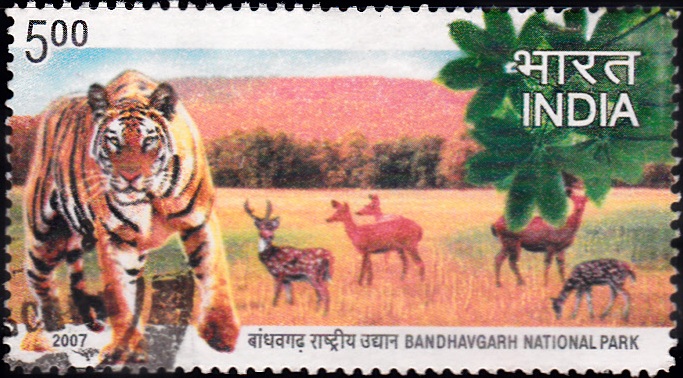
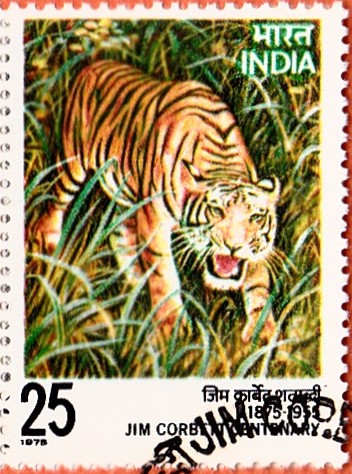
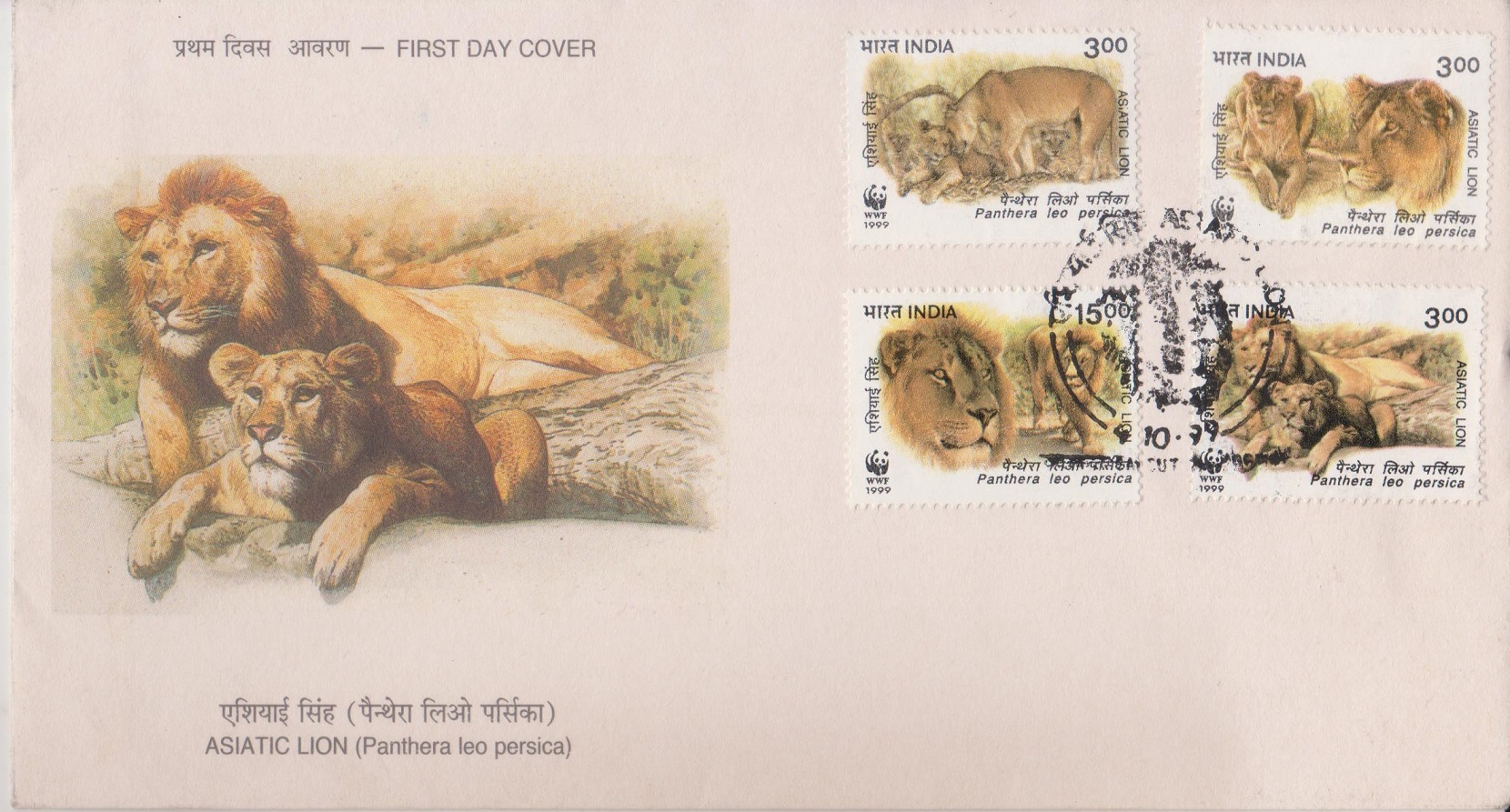
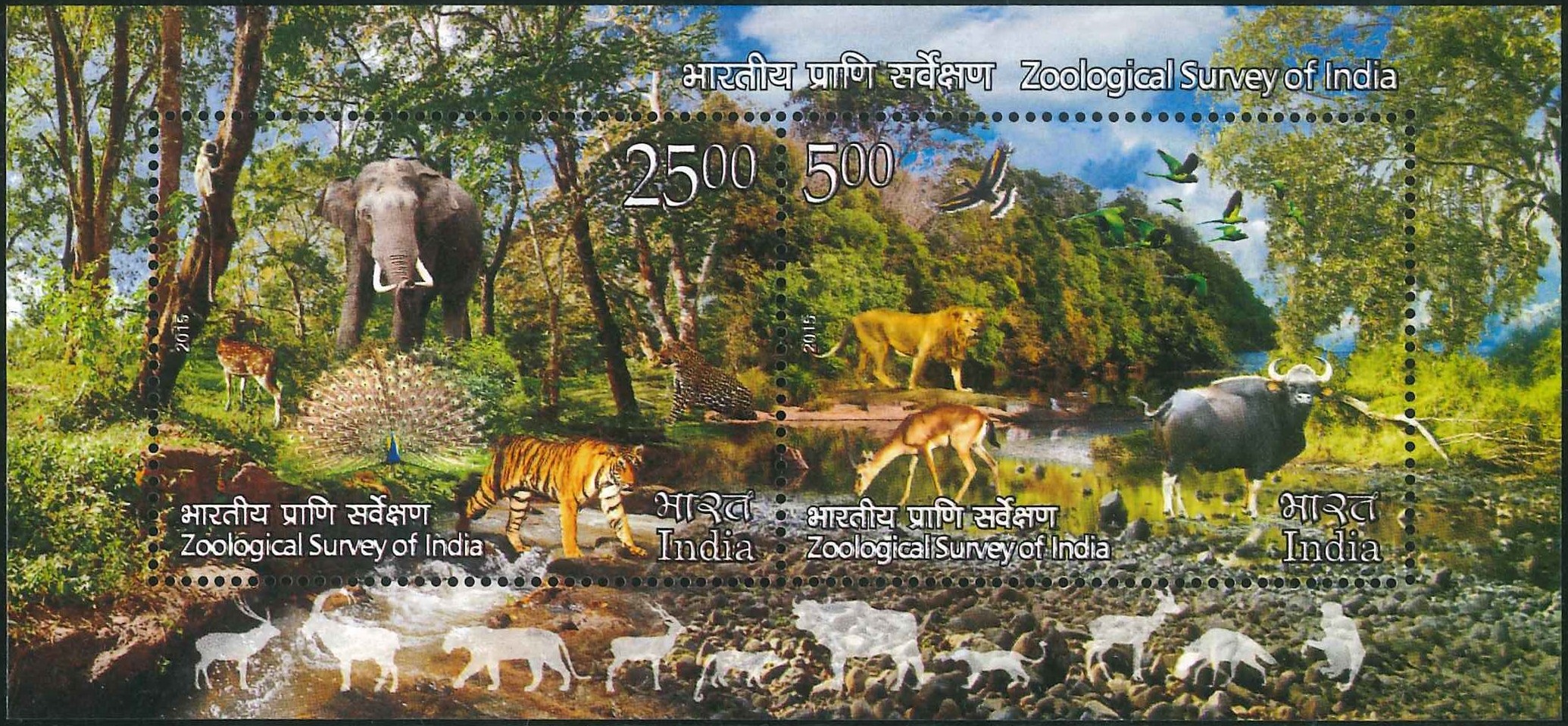
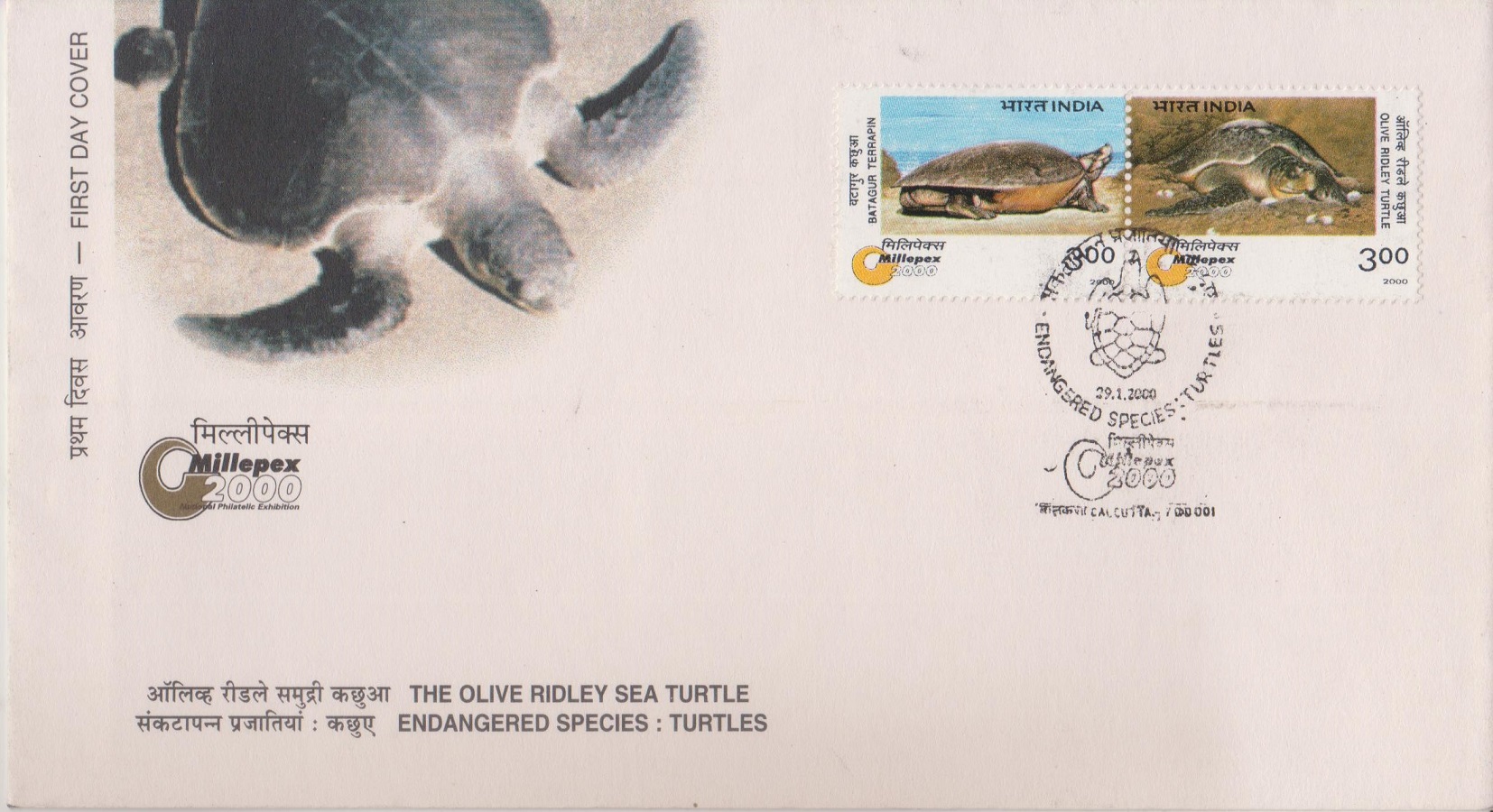
[…] Other stamps in the series depicting the Indian Lion, the Tiger, the Elephant and Gaur – Indian Bison will be brought out in due course. […]
[…] and culture. The issue of a stamp on the Indian Rhinoceros in 1962 and a series of 5 stamps on India’s wild life in 1963 broke new ground. These stamps have proved immensely popular both in India and abroad, […]